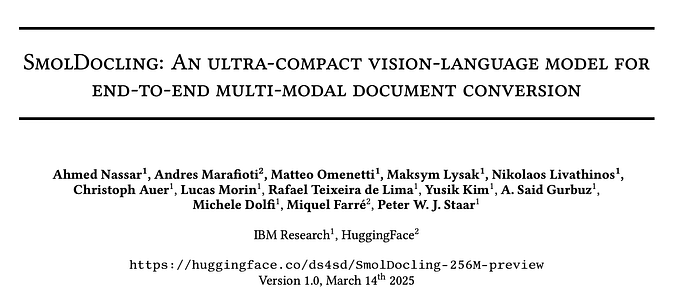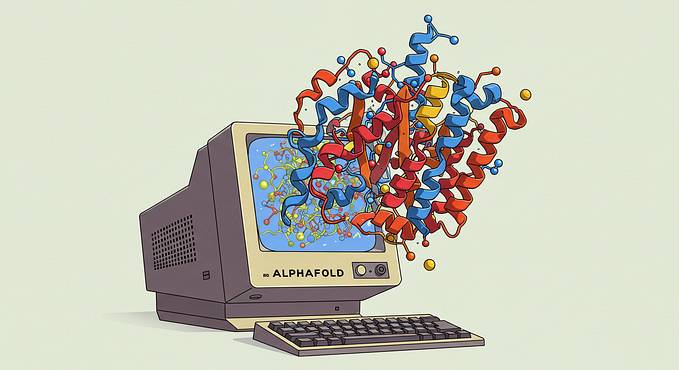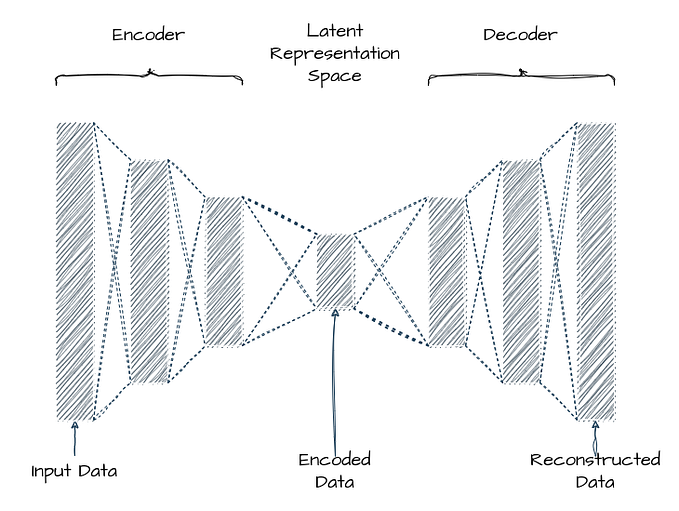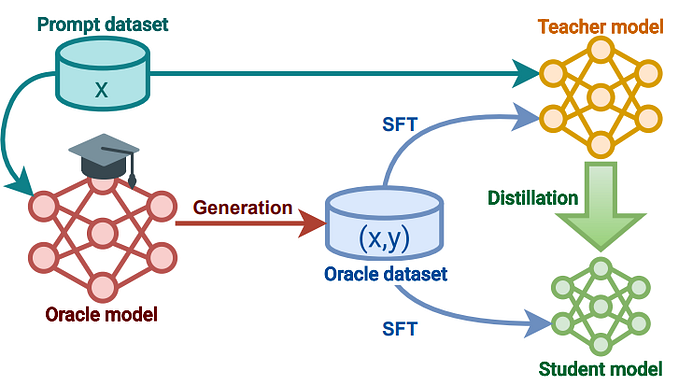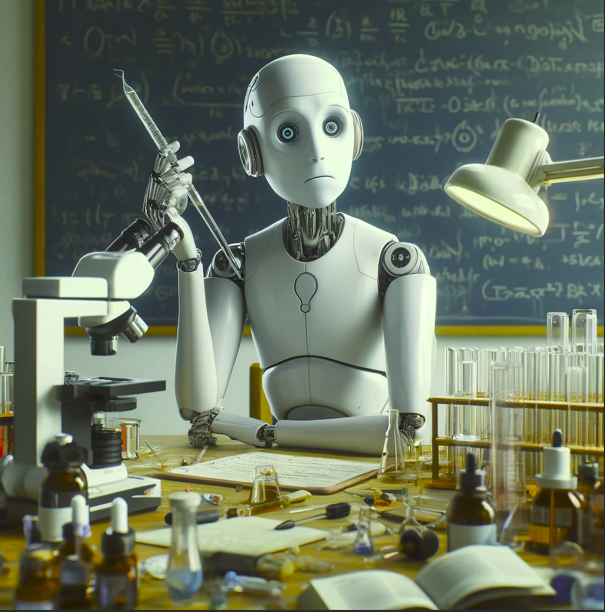Papers Explained 150: MarianMT

Marian is a robust and self-contained Neural Machine Translation system. It is entirely implemented in C++ and features a built-in automatic differentiation engine using dynamic computation graphs. Its encoder-decoder framework is specifically designed to combine efficient training and rapid translation, rendering it an ideal research-friendly toolkit.
Design Outline
The deep-learning back-end is based on reverse-mode auto-differentiation with dynamic computation graphs, similar to DyNet. The back-end is optimized for machine translation and similar use cases, with efficient implementations of fused RNN cells, attention mechanisms, and atomic layer-normalization.
The encoder and decoder are implemented as classes with a simplified interface:
class Encoder {
EncoderState build(Batch);
};
class Decoder {
DecoderState startState(EncoderState[]);
DecoderState step(DecoderState, Batch);
};The encoder-decoder model is implemented as a Bahdanau-style model, where the encoder is built inside `Encoder::build` and the resulting encoder context is stored in the `EncoderState` object. The decoder receives a list of `EncoderState` objects and creates the initial `DecoderState`. The `Decoder::step` function consumes the target part of a batch to produce the output logits of the model.
The framework allows for combining different encoders and decoders, such as RNN-based encoders with Transformer decoders, and reduces implementation effort. It is possible to implement a single inference step to train, score, and translate with a new model.
Additionally, Marian includes many efficient meta-algorithms, such as:
- Multi-device (GPU or CPU) training, scoring, and batched beam search
- Ensembling of heterogeneous models (e.g. Deep RNN models and Transformer or language models)
- Multi-node training
Architecture and Training
The Marian toolkit is used to implement a sequence-to-sequence model with a Transformer-style architecture.
The model architecture consists of:
- A sequence-to-sequence model with single-layer RNNs in both the encoder and decoder
- Bi-directional RNN in the encoder
- Stacked GRU-blocks in the encoder and decoder
- Attention mechanism between the first and second block in the decoder
- Embeddings size of 512, RNN state size of 1024
- Layer normalization and variational dropout inside GRU-blocks and attention
The training recipe consists of:
- Preprocessing of training data, including tokenization, true-casing, and vocabulary reduction
- Training of a shallow model for backtranslation on parallel WMT17 data
- Translation of 10M German monolingual news sentences to English
- Concatenation of artificial training corpus with original data (times two) to produce new training data
- Training of four left-to-right (L2R) deep models (either RNN-based or Transformer-based)
- Training of four additional deep models with right-to-left (R2L) orientation
- Ensemble-decoding with four L2R models resulting in an n-best list of 12 hypotheses per input sentence
- Rescoring of n-best list with four R2L models, with all model scores weighted equally
- Evaluation on newstest-2016 (validation set) and newstest-2017 with sacreBLEU
Paper
Marian: Fast Neural Machine Translation in C++ 1804.00344
Hungry for more insights?
Don’t miss out on exploring other fascinating threads in this series. Simply click here and uncover the state-of-the-art research!
Do Subscribe for weekly updates!!




